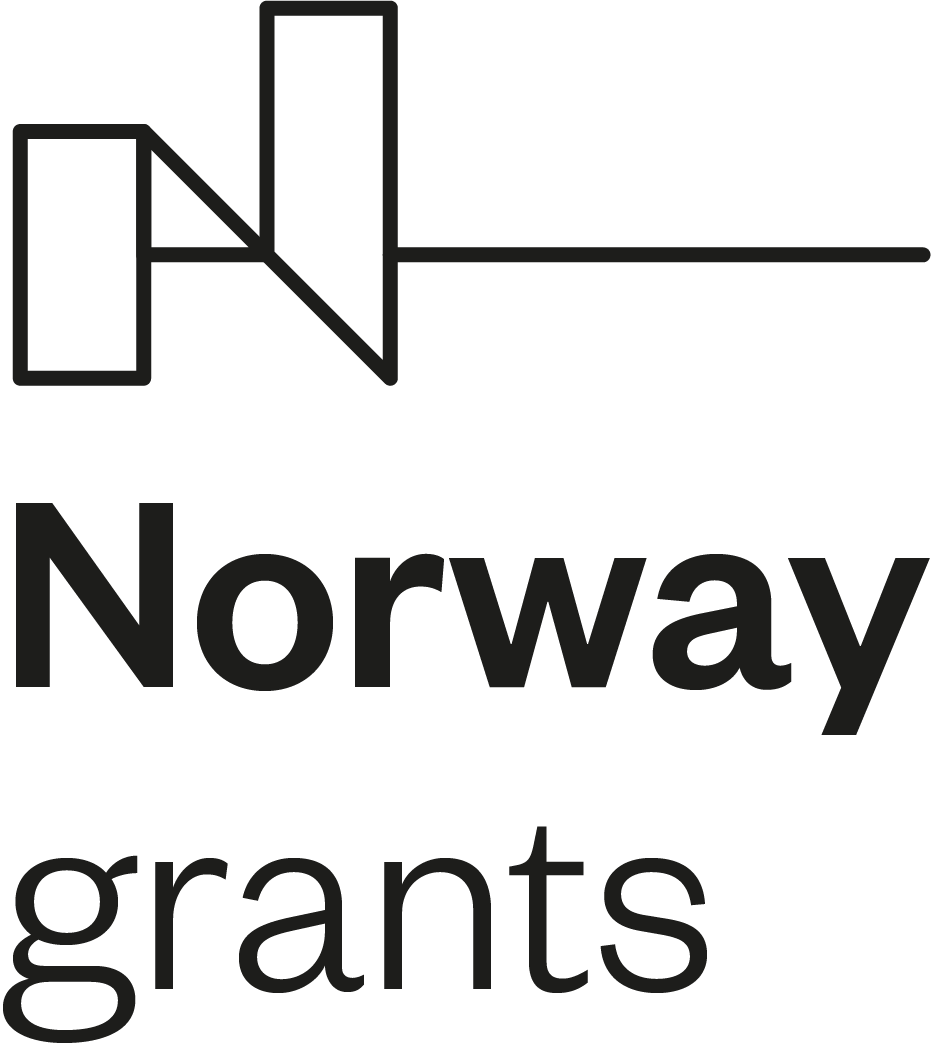The abyss of dehumanisation part 1
22.04.2016
Dr Joanna Bocheńska
The abyss of dehumanisation and the power of humanisation. Toward a new image of the Kurds
In my presentations I will focus on both the process of infra/dehumanisation of the Kurds and the possible ways to humanize them by the means of culture (literature, film, art) and so called emotional education that fosters moral imagination and our sensitivity towards others.
1.Cultivating emotions and knowing the other
In my first presentation I will provide a wider theoretical framework for humanisation by referring to Martha Nussbaum’s idea of a stable society that should be based not only on the imposed norms and institutions, but also on cultivating emotions and “the spirit of critique”. These skills can be strengthen and developed by participating in the cultural life (literature, art) which helps to cultivate the spirit of tragedy (that is our sensitivity toward sufferings) and the spirit of comedy (that provides us with laugh and distance toward ourselves). Furthermore, works of art help us to imagine and understand the complicated predicament of others. It is because by the means of art or literature we get an insight to the inner lives of others, we cross the invisible border between “we” and “them”. The stories we read, watch or listen to often moves us resulting in the humanisation of the distant others and in our “moral engagement” in their complicated affairs. In other words we become more eager to sacrifice and share.
In the second part of my presentation I will discuss two pictures that resemble the very recent tragic history of the Kurds. Although both represent the well known image of fighter (old Kurdish women carrying guns) and victim (the picture of Alan who drowned in the Aegan sea), they provide us with new messages. Their specific might be attributed not only to the tragic situation they depict, but also to the aesthetical quality of the message that is provided. Thus they speak lauder than thousands of other images of fighters and victims.



